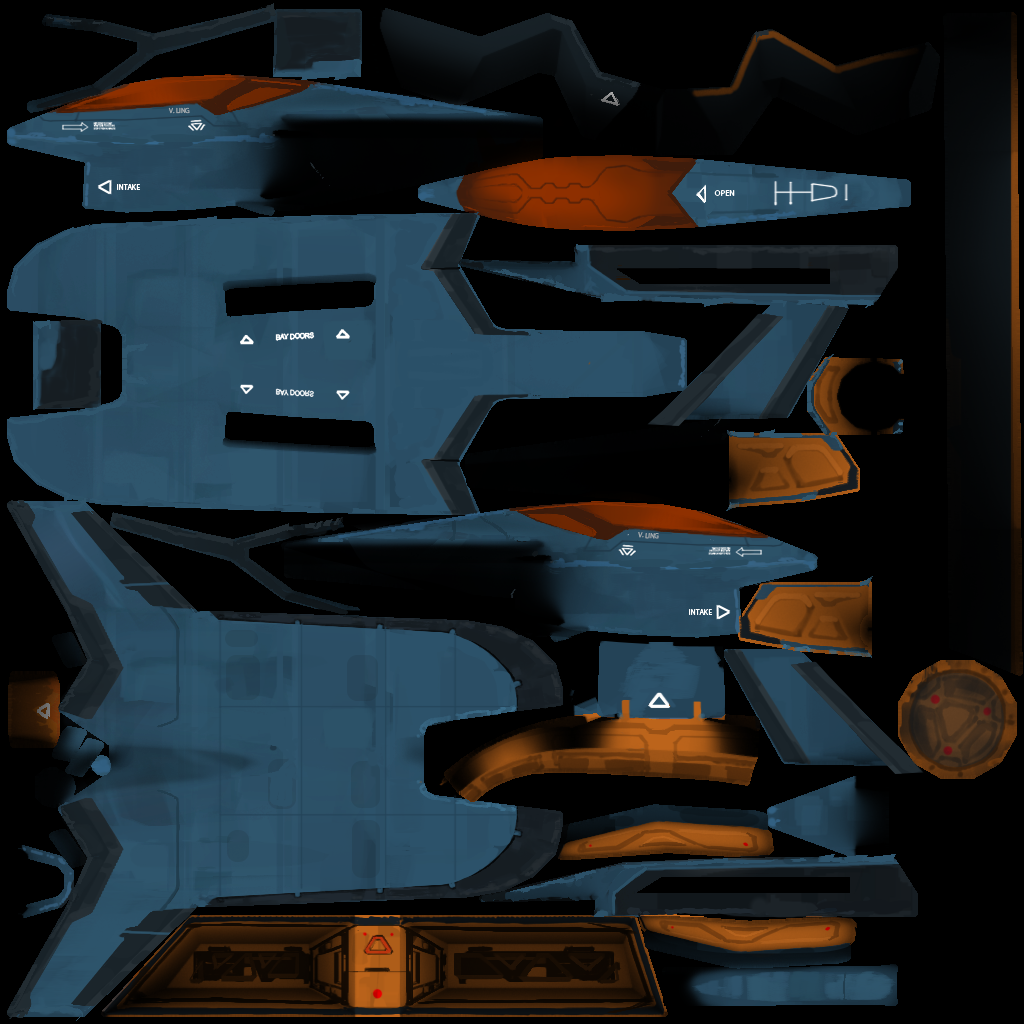

It must be remembered that as a scientific question, final proof of artificiality may have to await “ground truth” - that is, a mission carrying astronauts/cosmonauts to several areas of Mars to review face-to-face the details of many different landforms that were seen as anomalies when called to our attention by imaging specialists in the 1980s.

This was the subject of special programs we did on the Soviet Phobos 2 and the American Mars Observer Missions in 1993 and should not be connected with the attempts to secure images at only one site like the Cydonia at this time, since the phenomenon of parallel evolution by definition cannot be localized in one area. In addition, the possibility of “extra-solar activity” on or around the Martian surface by other technology that may have been involved with the tracking and the loss of the Russian spacecraft in March of 1989prior to the mapping orbit of Phobos 2 should not be discounted. Orbit 220, Range 441.21 km (see left) Resolution 4.32m/pixel - has a swath of enhanced visualization covering an area of 4.42 km x41.5 km, taken on April 5, 1998, and shows a strange geometry with 21 white lines in parallel alignment Orbit 239, Range 331.07 km Resolution 2.5m/pixel - has a swath of enhanced visualization covering an area of 2.5 km x 24 km, taken on April 14, 1998, and shows a missing data section near a region where there is an unusual hexagonal formation in a crater. Orbit 258, Range 409.53 km Resolution 3.46m/pixel - has a swath of enhanced visualization covering an area of: 3.5 km x 33.2 km, taken on April 23, 1998, and shows an unusual horse-shoe geometry at the base of a 5-sided pyramidal form. Here are some of the important orbits and initial findings of the MGS that must be resolved by better imaging:

On future Mars manned expeditions, photorealistic terrain modeling capabilities will be utilized even more extensively to study details of the surrounding landforms and suggested “roadways” or “radar river alignments” of the larger area. It is hoped that NASA and specialists from other countries will now have an opportunity in the coming years to look at all the important landforms and to carry through to confirm or disconfirm the artificiality hypothesis. No doubt that final proof would have to wait until an international team of experts had the opportunity to land physically and do “subsurface surveys” of the Mars sites and completely review the pros and cons of all of the Martian artifacts, not only those in Cydonia, but also those in the Elysium region that exhibit massive pyramidal features. The lack of “evidence” of the face form at this site does not subtract, however, from the pyramidal anomalies in the Cydonia region, and the repeatable pyramidal forms in the Elysium Quadrangle. In other words, a careful juxtaposition of the earlier pictures of the Face provided by Viking in July of 1976 (e.g., 35A72) and the pictures of the six different sun angles with the new pictures from the MGS project show that the details of the so-called Mars Face, enhanced by Vincent Di Pietro at Goddard Space Flight Center through his starburst pixel interweave process in the late 1970s and early 1980s, are not confirmed by the use of the new spaceborne technology, which has the capability of imaging surface features down to a level of l.5 meters. Twenty-one years later, on April 7, 1998, Guard Hall from NASA’s Deep Space Network system at Jet Propulsion Lab, Pasadena, California, and I had the opportunity to view some of the first pictures sent back to earth from the Mars Global Surveyor (MGS) which showed that the Cydonia region of “the Face” no longer matched the earlier suppositions drawn from the Viking data on the classical proportions of the Face. The Academy also published the first Viking pictures materials regarding the unique artifacts in the Cydonia area including the so-called Face of Mars. In this process, the earlier missions of Mariner 9 and Viking l and 2 recorded landforms that suggested questionable details of earlier life.The Book of Knowledge: The Keys of Enoch® was the first book to ever publish unique landforms on Mars, specifically the four tetrahedral structure on the Elysium Quadrangle. The purpose of the first several human missions to Mars will be to follow up on the robotic explorations and to answer, above all, the question of whether or not the Red Planet has ever harbored life.


 0 kommentar(er)
0 kommentar(er)
